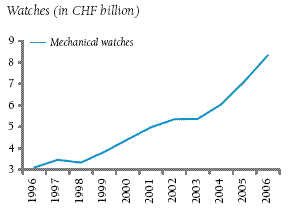1. What are the threats to Zara's success? Following are the threats to Zara's success:
1. Zara's Vertically integrated model is a threat to Zara's success in long run. The model will not work once Zara scales its operation. Currently, Zara's desiging, production, distribution and retails stores are tightly coupled together and operate very closely. Expanding operations in different regions (America, Asia, Europe etc.), requires addressing different fashion trends at a time. Also, given different sizes/ trends in different regions, it would not be easy to pull a new fashion cloth or apperal from one region and put it in other region.
2. Also, scaling its operation may require joint-ventures and acquiring some smaller chains also. In a 50:50 joint venture, it is very difficult for Zara to impose its business model to the other partner. In this case, we have already seen Zara's joint ventures dissolving on a couple of occasions.
3. While zara may find it difficult to manage the vertically integrated model for its large scales of operation, local retailers may follow Zara's formula to success and can emerge as big threat to its success.
4. It is not easy to beat the local retailers in their home market. For example, the Local appreal market in Italy is still owned 61% by the independent stores, 45% in Spain (Note that this is Zara's local market too) and 15-30% in other three major European markets. Specially, in a country with very cheap labour (mostly in Asia), it will be very difficult for Zara to keep up its production in Spain.
5. Zara's business model is based on ever changing fashion. For countries like US, where people are less fashion forward, it may be a challenge for Zara to sustain its presence.
6. With changing time, Advertisement is becoming an important part of the business and it reflects directly to the sales. Zara's in-store advertisement model may not work going forward.
2. Which of these threats are most serious? 1. Most serious threat to Zara is to sustain its success.
2. Another most serious threat to Zara is its growth. The company could not aquire large market shares in the domestic market. Even in Europe, the company does not has a reasonable presence. American and Asian markets have different types of challenges, that zara may be facing in future. American market is less fashion forward, which questions zara's basic business model itself. Asia, on the other hand, is known for its cheap labour. Competing with these challenges at a time in different markets, while keeping its vertically integrated business model intact is the most serious challenge for Zara.
3. What should Zara do to address these threats?
Zara cannot address different requirements and challenges working from its home location only. It can have multiple vertically integrated production for each region. For Asia, having cheap labour will definately add a lot to the operating cost (For example, refer to Exhibit-2 where value added per dollar for Indian labour is 5, where that for Spanish labour is 1.6). While its engineering team can continue giving fast reponse to new designs.
4. How should Zara go about its internationalisation in future? 1. See if setting up a production unit makes sense with respect to the operating expenses.
2. Zara can use Frachises for high risk and conservative countries.
3. Aquiring small chains may not be a good idea for Zara given its business model.
4. Spend more on Information Technology to remain in close touch with store and customers.
5. May need to spend more on advertisement.


